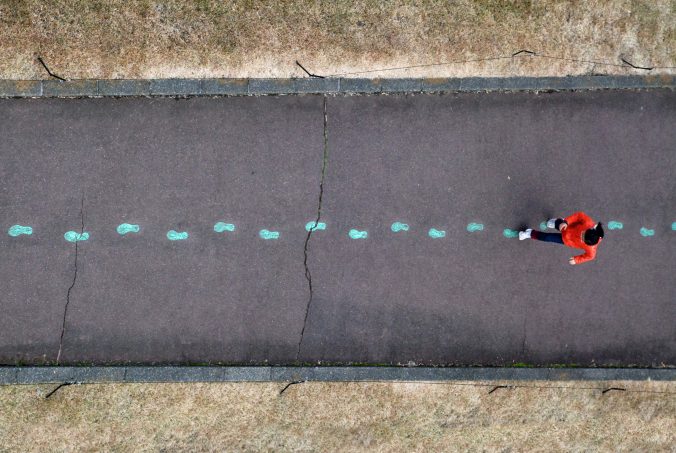I had been anticipating this circle for a couple weeks and was feeling underprepared yesterday until I spoke with a good friend. After the session, I realized that I had been preparing for a long time – developing skills of facilitation through my camp called FACES. I had facilitated a couple “Small group” sessions with my “Camera crew” in order to allow student to process therefore strengthening their overall camp experience. I found it extremely rewarding and it empowered me to further explore this type of work.
I believe I have uncovered several key skills that are necessary to effectively lead a group. One of which is the objectification of experiences. Noticing things that are happening emotionally, for example, and giving them a name can become a tool to communicate one’s experience without ambiguity, thus opening a door for introspection. Identifying details and asking questions about them is an incredibly important part of the work. These details are revealing things about what the person is going through and when we ask specific questions about those details, we invite them to reveal themselves.
Another skill that I feel I did well in was empowering the group to engage in each-other’s share. For example, when it was one person’s time to share and they wrapped up a though and left a pause, I would ask the rest of the group if they had anything to say to the person. This would allow an opportunity for the group to validate the person sharing. It is important that as a facilitator, I steer the type of talk but I don’t need to control the whole talk; I want the group to run itself.
In summary, this first experience running my own circle has been very satisfying and I hope it can continue to be a staple of meaning in my weeks to come.
Over and Out!


Recent Comments